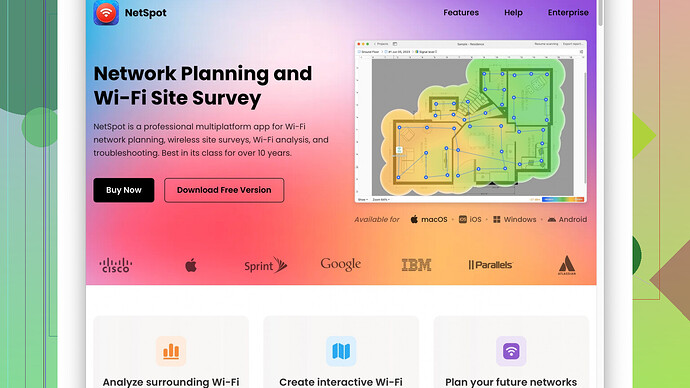So imagine you’re trying to set up Wi-Fi in a large building, like a school or an office complex. You want good coverage everywhere, so no one complains about slow internet or dropped connections. Simply sticking routers everywhere probably won’t work—it would be like throwing seeds around and hoping for a perfect garden.
This is where a “wireless predictive survey” steps in. It’s essentially a way to plan where to put Wi-Fi access points before you actually install them. You’re predicting the coverage, hence the name.
Breaking It Down:
-
Virtual Model of the Building: You start by creating a digital map or a model of your building. This includes walls, floors, and any obstacles (like elevator shafts, thick walls, or metal objects) that could affect signal.
-
Signal Modeling: Using special software, you simulate how Wi-Fi signals would travel through the building. The software takes into account the model you made. It predicts things like signal strength, potential dead spots, and interference areas.
-
Optimize Placement: Based on the predictions, the software suggests optimal spots to place Wi-Fi access points, ensuring maximum coverage and minimal interference.
By doing a wireless predictive survey, you’re essentially “seeing into the future” to avoid problem areas and ensure everyone gets a good connection without wasting resources on unnecessary hardware.
Why It Matters:
- Cost Efficiency: Instead of buying 20 routers and sticking them everywhere, maybe you only need 10, placed strategically.
- User Experience: You minimize dead zones and ensure everyone from the basement to the top floor has a strong connection.
- Time Saving: You troubleshoot less since you’ve already addressed potential issues during the planning phase.
Real Life Example:
Let’s say you have a university campus with multiple buildings. Each building has classrooms, offices, and common areas. If you just randomly place access points, some rooms might have blazing fast internet while others might barely connect. Plus, you might end up spending more on hardware than necessary.
Using a predictive survey, you map out the buildings, simulate the Wi-Fi coverage, and find the perfect spots for placing access points. You ensure that students can stream videos in one classroom, researchers can upload large files in their offices, and no one complains about Wi-Fi during lunch breaks in the cafeteria.
For anyone wanting to do this themselves, I’d recommend checking out NetSpot
Site Survey Software. They’ve got tools designed for both casual users and professionals to help you map, analyze, and optimize your Wi-Fi network. You can learn more about it here: https://www.netspotapp.comOverall, a wireless predictive survey turns what could be a chaotic mess of trial and error into an organized, strategic, and efficient process.
